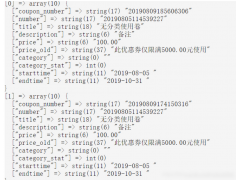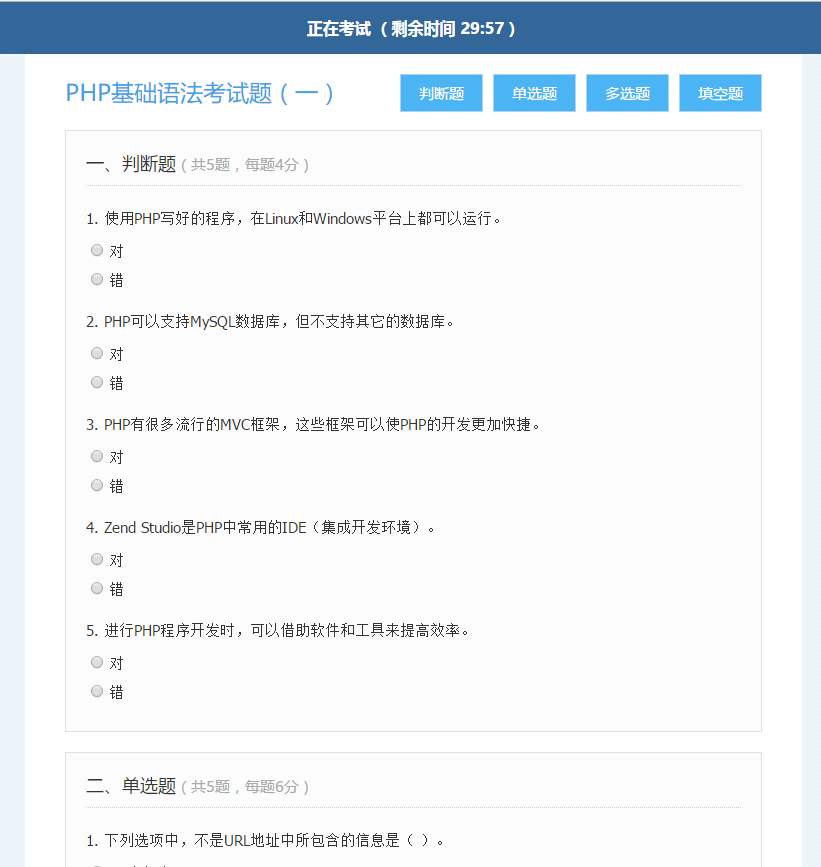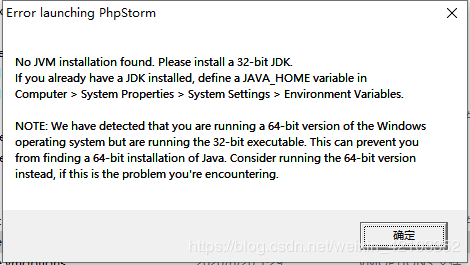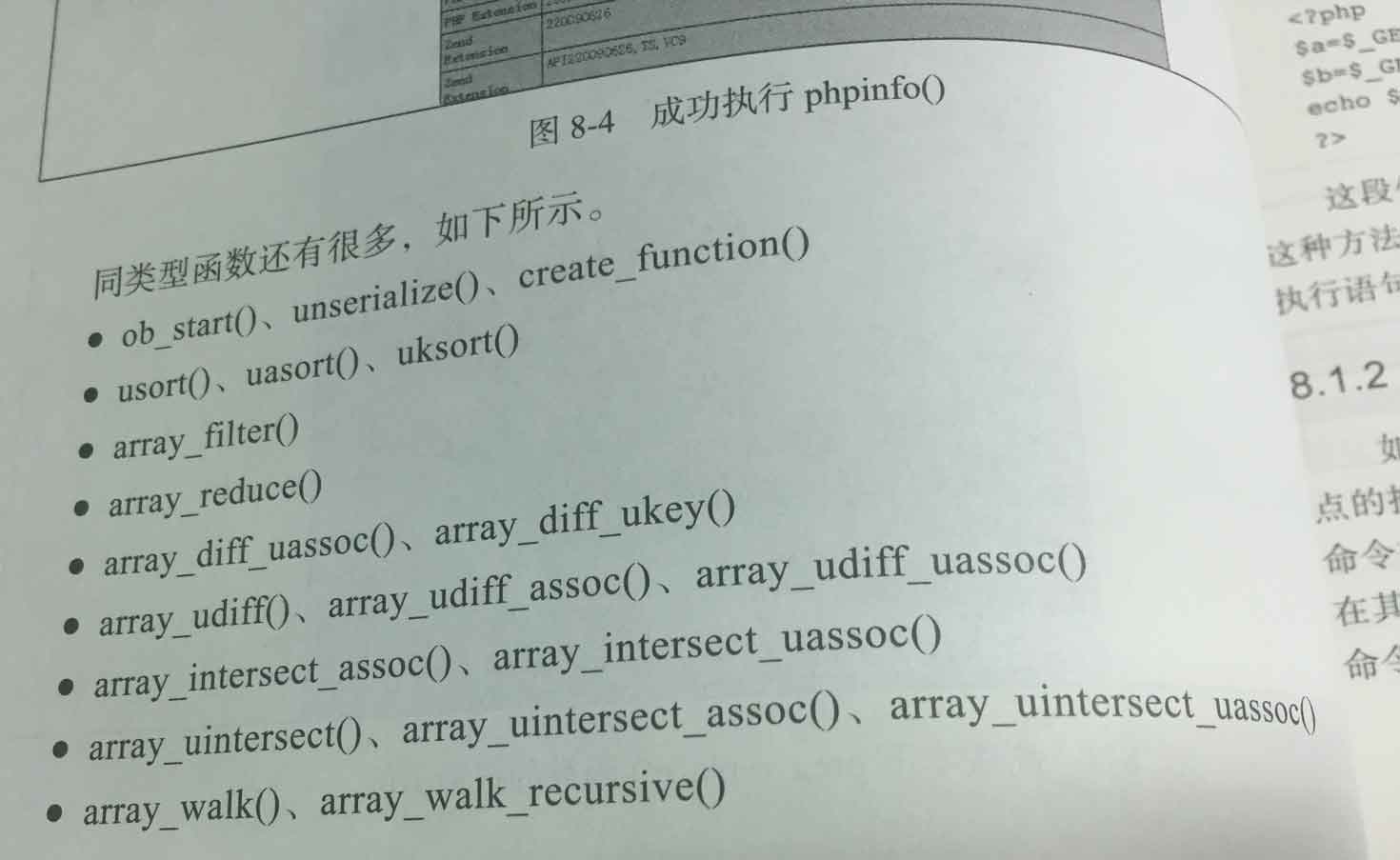下面是PHP在字符串指定位置插入新字符的简单实现攻略:
下面是PHP在字符串指定位置插入新字符的简单实现攻略:
1. substr和strpos函数
要在字符串中插入新字符,我们需要用到PHP的substr函数和strpos函数:
$string = "hello world";
$pos = 3;
$insert_string = "-";
$new_string = substr($string, 0, $pos) . $insert_string . substr($string, $pos);
echo $new_string;
输出结果为:hel-lo world。
substr函数用于获取字符串的指定部分。在此示例中,我们使用substr函数将字符串分成两部分:
- $string中从0到$pos的部分
- $string中从$pos到结尾的部分
然后,在这两部分中插入$insert_string。
2. mb_substr和mb_strpos函数
如果您的字符串包含多字节字符(如中文、日文等),则需要使用mb_substr和mb_strpos函数:
$string = "你好,世界";
$pos = 2;
$insert_string = "-";
$new_string = mb_substr($string, 0, $pos, "utf-8") . $insert_string . mb_substr($string, $pos, null, "utf-8");
echo $new_string;
输出结果为:你好-,世界。
注意,mb_substr和mb_strpos函数的第四个参数是字符编码。
示例1:插入千位分隔符
以下是一个示例,插入了一个千位分隔符(即逗号):
$number = 1234567.89;
$insert_string = ",";
$decimal_point_position = strpos($number, "."); // 获取小数点的位置
if ($decimal_point_position === false) {
$decimal_point_position = strlen($number); // 如果没有小数点,则说明是整数,将小数点位置设置为数字长度
}
$first_part = substr($number, 0, $decimal_point_position); // 获取小数点前面的部分
$second_part = substr($number, $decimal_point_position); // 获取小数点后面的部分
$new_first_part = "";
$len = strlen($first_part);
for ($i = 0; $i < $len; $i++) {
if (($len - $i) % 3 == 0 && $i != 0) { // 在每隔三位数字之间插入逗号
$new_first_part .= $insert_string;
}
$new_first_part .= $first_part[$i];
}
$new_number = $new_first_part . $second_part;
echo $new_number;
输出结果为:1,234,567.89。
示例2:在字符串中插入超链接
以下是一个示例,将字符串中的指定词语替换为超链接:
$string = "欢迎来到我的博客,这里有很多有趣的文章。";
$keyword = "博客";
$link = "http://www.example.com/blog";
$new_string = str_replace($keyword, '<a href="' . $link . '">' . $keyword . '</a>', $string);
echo $new_string;
输出结果为:欢迎来到我的博客,这里有很多有趣的文章。
在此示例中,我们使用PHP的str_replace函数将关键词替换为超链接。
沃梦达教程
本文标题为:php 在字符串指定位置插入新字符的简单实现


基础教程推荐
猜你喜欢
- PHP判断一个字符串是否是回文字符串的方法 2024-01-31
- php实现数组筛选奇数和偶数示例 2024-02-05
- PHP实现文件下载【实例分享】 2024-04-27
- PHP手机短信验证码实现流程详解 2022-10-18
- 设定php简写功能的方法 2023-03-17
- PHP+MySQL+sphinx+scws实现全文检索功能详解 2023-01-31
- Yii框架连表查询操作示例 2023-02-13
- php实现构建排除当前元素的乘积数组方法 2022-11-23
- PHP实现抽奖系统的示例代码 2023-06-26
- php数组函数序列之array_sum() – 计算数组元素值之和 2024-01-15

















